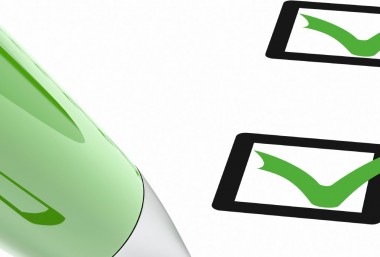On 2 July 2012 the World Intellectual Property Office (WIPO) began allowing third parties to submit comments on the patentability of PCT (Patent Cooperation Treaty) applications, after publication and up to 28 months from the earliest priority date.
The system has various pros and cons for patent applicants and submitters. One is worth highlighting: if a highly relevant prior art document is submitted, this new system now provides the ability to discourage a competitor from continuing to the national phase at all. At a minimum, submission of a relevant reference may influence a competitor to limit the scope of its national filings, or will at least put the prior art before those patent offices that do not provide accessible processes for challenging patents.
In other ways, this system replicates the ability to submit prior art and/or comments that exists in many national patent systems (e.g., Australia, Canada, Europe, New Zealand and the United States) and peer-to-patent systems trialled by national patent offices (e.g., the Australian, Japanese, South Korean, UK and US patent offices). And so it shares the practical pros and cons of those systems in terms of truly influencing patenting outcomes.
The window for filing observations is generous (10 months) and both prior art documents and comments may be filed on-line through WIPO's ePCT service by first locating a PCT application of interest using the Patentscope search tool at http://patentscope.wipo.int/ and following the "Submit observation" link.
Observations will be forwarded to the applicant who is permitted to respond, although options for amendment remain unchanged. While international examiners will consider any prior art, they appear free to ignore comments. National examiners are free to ignore observations entirely.
WIPO is alert to potential abuse of the system and has imposed several limits on the system such as limits on the number of observations allow per application. WIPO has also said it will take technical measures to limit misuse of the system if its monitoring identifies any problems, and it has the option to shut the system down.
Since the WIPO system parallels national systems that already exist, including the ability to submit anonymously, the likelihood of systemic abuse seems low.
